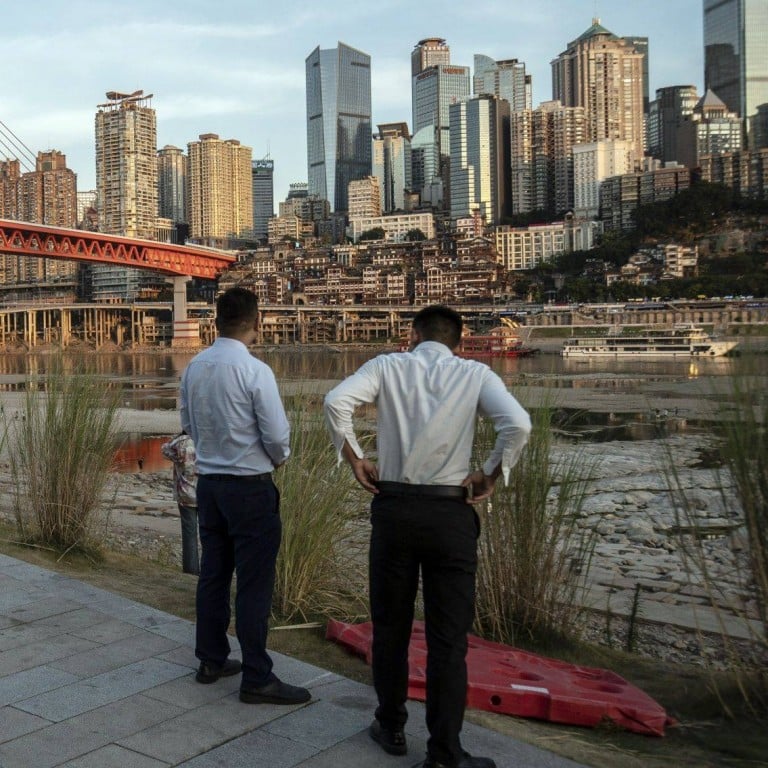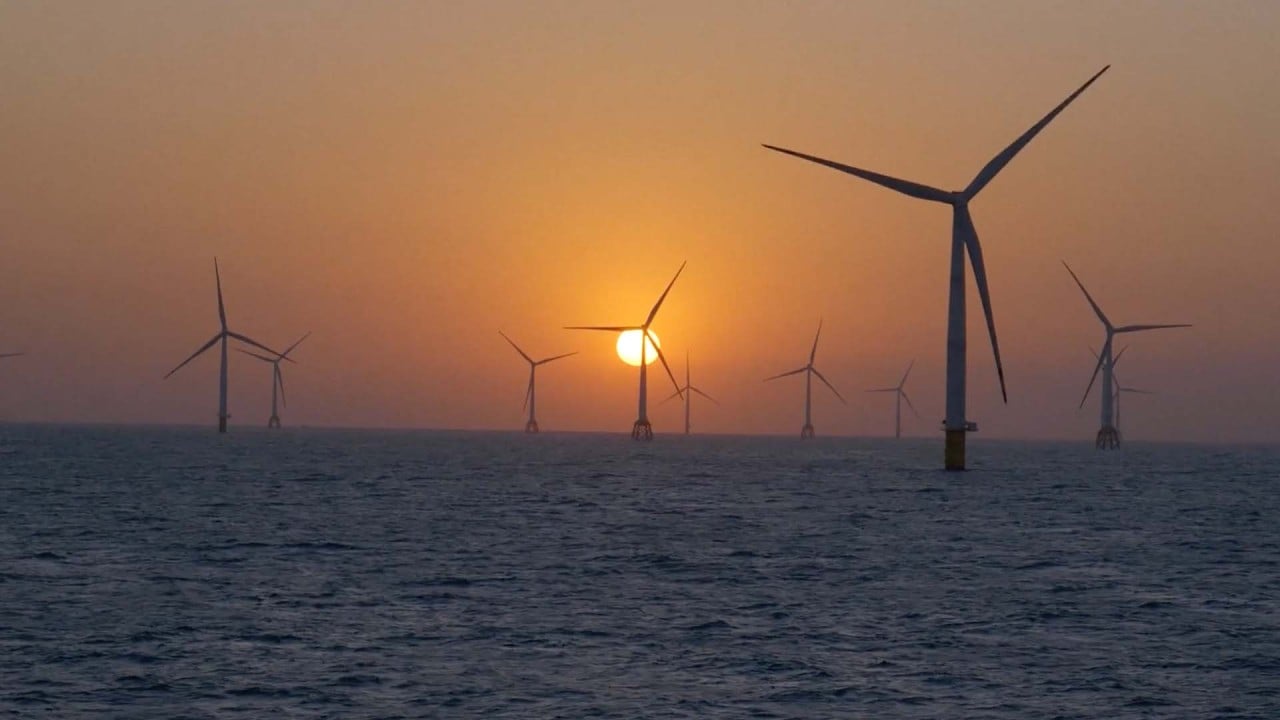
To end power crunches, China must rebuild its electricity grid around clean energy
- Finding the right balance between energy security and climate action will not be easy, and starts with building more battery storage and investing in flexible grid technology
- However, turning straight back to coal is not the answer – new coal plants should only be pursued when all other short-term options have been exhausted
China has the fastest-growing clean energy capacity in the world yet faces recurring power shortages. This seeming paradox is really a sign that its clean power transition is approaching a critical tipping point – its entire power system needs to be rebuilt for the energy transition to advance.
This has helped drive a 22 per cent increase in wind and solar generation this year, reaching 700 terawatt hours (TWh). China now generates more than enough wind and solar energy to power Germany for a year.
This is unfortunate, because the challenge of meeting increasing energy demand while combating the climate crisis is not only about building more clean power. It is also about shifting the energy system itself – ultimately, China needs to rebuild its energy grid around clean energy.
To fill the supply gap, Sichuan’s thermal power plants ran at full capacity. But these account for only a small portion of the power fleet, so their full operation only partly alleviated the supply crisis.
After two energy crises in as many years, it’s clear that China’s system is in dire need of a major overhaul, especially as clean power capacities continue to grow.
This is not only an issue for China. Heatwaves, droughts and storms are also testing the resilience of power systems in Europe and the United States.
Rebuilding the system around clean power is not easy, and the right balance will have to be struck between ensuring the security of energy and addressing the climate crisis.
These will all be critical to transforming the power system over the next decades.
But China’s energy planners also need to avoiding walking into another energy crisis for a third straight year. To do so, they may want to transition the country’s large coal fleet to play a more supportive role across the system. This could mean repurposing some coal power plants to provide a faster backup response as an insurance against sudden shortfalls in clean power.
New energy thinking needed after China drought takes hydropower toll
To balance energy security and emissions reductions, energy planners should first look at how additional capacity can be squeezed out of the existing system, before contemplating any new coal plants.
As an example, raising the air-conditioning temperature by just one degree in office buildings and shopping centres on hot days could significantly relieve the summer stress on the energy grid.
This is just one of many quick options that planners can consider as they rebuild China’s power system to meet the developmental aspirations of the country while securing a clean electricity future as quickly as possible.
Muyi Yang is senior electricity policy analyst at London-based energy think tank Ember. Xing Zhang is senior analyst at the Finland-headquartered Centre for Research on Energy and Clean Air. Xunpeng Shi is research principal at the Australia-China Relations Institute at the University of Technology, Sydney, and president of the International Society for Energy Transition Studies





